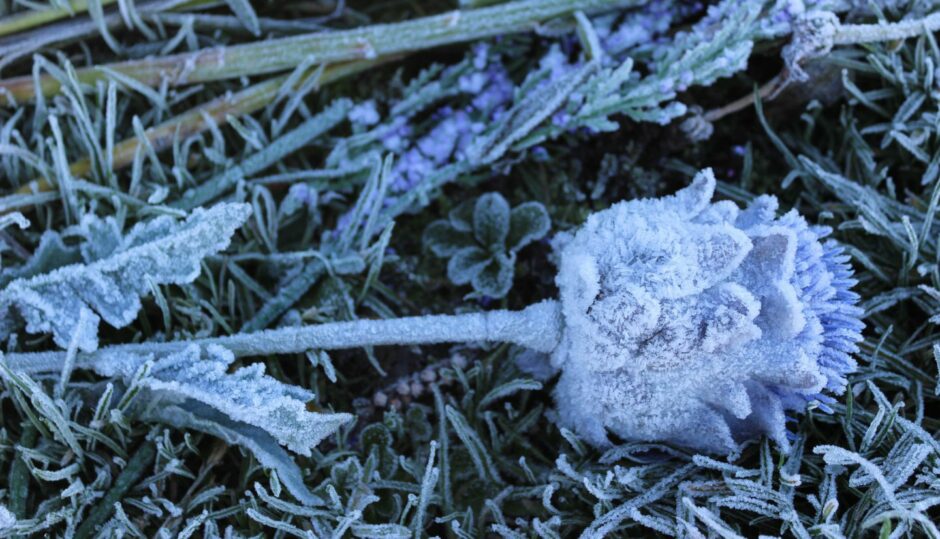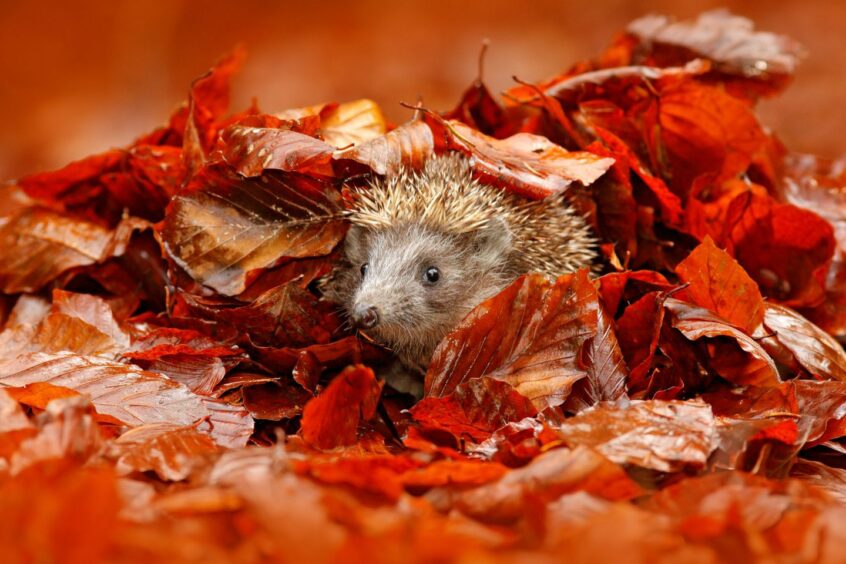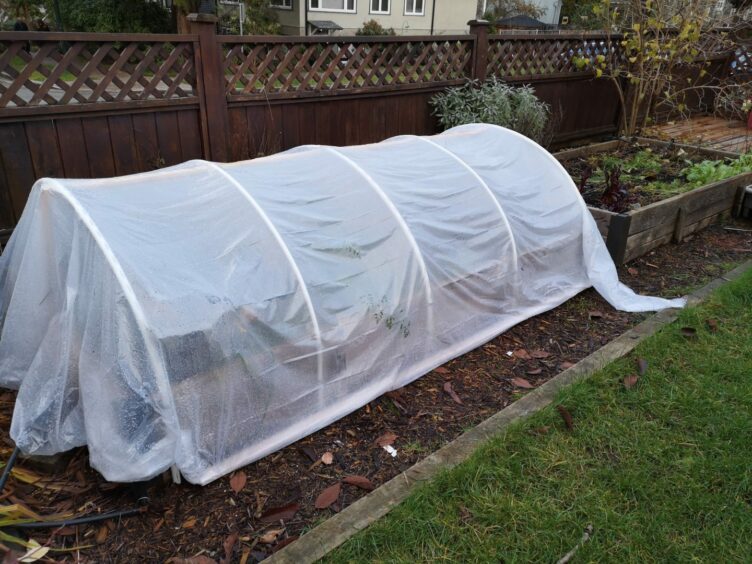We gardeners are made of stern stuff. It doesn’t matter what challenges are put in front of us, we still manage to find a way.
If we garden on a windy site then we’ll plant a hedge to buffer the wind and give our plot some protection.
If we garden on heavy, clay soil then we can incorporate organic matter to make it more workable.
We’ll find a way
If our garden soil is light and sandy, then we can do the same to ensure it retains some moisture, saving us countless watering cans back and forth.
Gardeners with mobility issues can create raised beds and use tools to enusre they are not restricting from an activity millions of us enjoy.
A shortage of space won’t hold us back either, as we can use hanging baskets and window boxes to garden vertically on a patio or balcony.
Then there’s the weather
Then of course there’s the weather. Living on an island, we certainly endure a mixed bag of frosts, wind, rain, snow, sunshine, cold nights, droughts, and record breaking warm temperatures. And that’s just your average day in Scotland never mind over the course of a year!
Because we garden so far north, that’s a factor too.
Poorer light levels and the optimum soil temperature of 7 degrees centigrade required by seeds to germinate are not reached consistently and confidently until a third of the way through the year.
This limits the length of our growing season from the end of March through to the start of October.
Here’s where I repeat what I said at the start- we gardeners are made of stern stuff. It doesn’t matter what challenges are put in front of us, we still manage to find a way.
Guarding against the cold
So to help us navigate the first few challenging months of the calendar year through to the end of May where the risk of frosts is traditional – though who knows these days – we’re looking to grow in a way described as ‘with protection’.
I don’t mean hiring a beefy bodyguard to scare the cold weather away from early seed sowings, though I could see how this may make gardening more attractive to a wider audience. I mean the use of coverings and the indoors to provide a bit of cover and insulation.
The simplest method is using a windowsill in our homes to start off tomato plants, peppers, courgettes and the like as early as February, by taking advantage of the central heating in our homes.
A simple solution
This will give them the length of growing season they require when starting from seed to supply us with fruit and veg throughout the summer.
During the day the young seedlings will take advantage of this heat and light but in the evening when the nights are colder and the heating is off it’s best to bring the seed trays out from behind the curtains so they don’t get trapped in the colder air against the window.
The next step up, when you start to get a bit more serious, is to buy a wee glasshouse or polytunnel.
Although the initial set-up may be costly I would totally recommend this. It’s worth keeping an eye on the local papers and Facebook groups for one being given away for free, making this even more worthwhile.
Next level protection
This won’t mean that all of a sudden you’ll be able to grow exotic and tropical plants, we still garden in Scotland at the end of the day and for this would require paying for additional heating (which hurts just thinking about).
Some additional heating to keep your house or tunnel frost free may still be required, combined with horticultural fleece or propagation cases on the colder nights.
Houses of glass and tunnels of polythene have been around for years, but during my summer holiday over on the Isle of Lewis I was very interested to see what the gardeners over there were using.
Known as the ‘Polygrub’ the tagline on the company that designed it describes this perfectly as ‘storm strength from Shetland’. It’s able to withstand strong winds in the harshest of climates.
A really great idea
It started as a project to allow the Northmavine Community the opportunity to grow fresh produce that hadn’t travelled the many miles to reach them.
Now 50 gardeners are taking advantage of 12 that were constructed for them.
Reducing their carbon footprint is one thing but the Polygrub has also been constructed reusing materials from the aquaculture industry, covered with a skin of thick polycarbonate to create a wonderful growing environment.
I don’t know this from experience, but I could just tell by looking inside one at the healthy crops growing there.
They have a stylish, modern look about them and though they maybe a bit large for the average garden they could be usual for schools who actively support outdoor learning projects.
I know we’ve still got St Andrews Day, Christmas, Hogmanay and Burns’ night still to come but it’ll not be long when it’s time to start ripping open the seed packets again.




Conversation